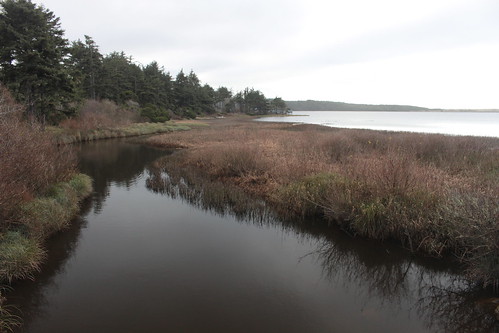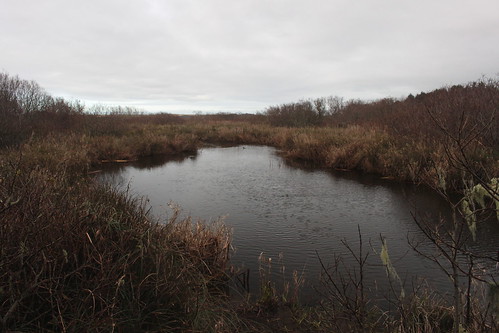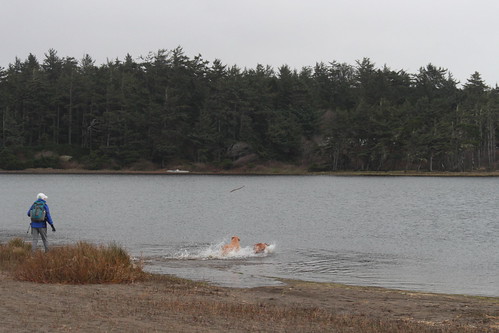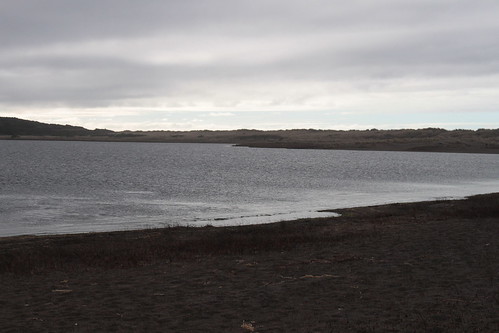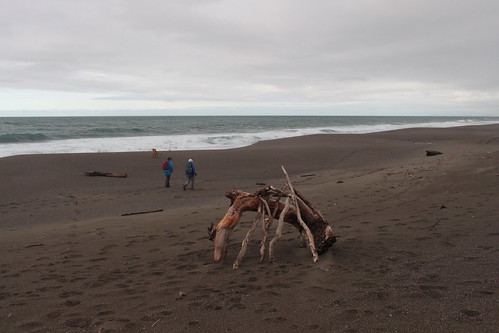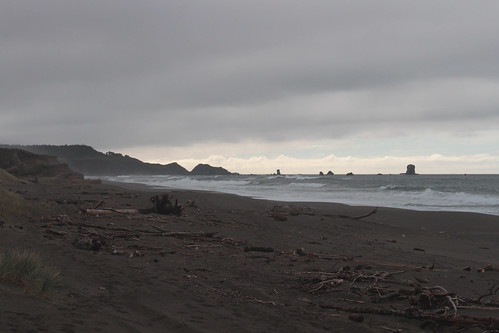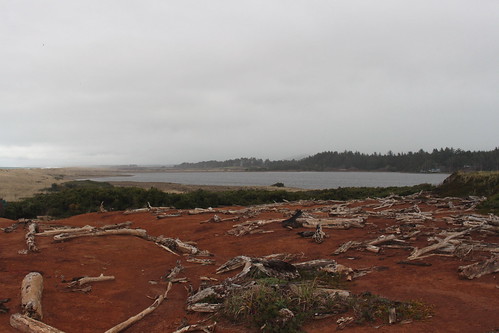Official: Nursery imports may pose pest threat
PORTLAND — Wyatt Williams, an invasive species specialist with the Oregon Department of Forestry, said afterward he felt like he was entering the lion’s den. He was about to tell members of the Oregon Association of Nurseries, the most valuable sector of state agriculture, about a problem that would “send ripples through your industry and my field, forest health.”
Specifically, the importation of live plants into Oregon and the U.S. is a primary pathway for invasive insects and pathogens, some of which could cause severe damage to forests in particular.
Williams, invited to speak during the Northwest Agricultural Show in Portland, was hired in 2012 as the state forestry department’s first invasive species specialist. He said there was a 500 percent increase in live plant imports to the U.S. from 1967 to 2009, and about 4 billion plants arrive in the country each year. Federal monitoring is done at 18 stations with only 63 full-time inspectors, he said, and standard inspections may miss an estimated 72 percent of pests.
“We’re missing stuff at the ports of entry,” Williams said. “Something’s broken there.”
By backtracking invasives and comparing shipping records, experts deduced that 69 percent of invasive insects and diseases arrived with live plants, he said.
Oregon’s nursery industry officials say they’re well aware of the problem. The Oregon Association of Nurseries endorses a systems management approach detailed in a 106-page publication, “Safe Production and Procurement Manual.” The manual, available online at http://c.ymcdn.com/sites/www.oan.org/resource/resmgr/imported/pdf/SafeProduction.pdf, lays out best practices for greenhouses and nurseries to detect pests and diseases and respond quickly if they appear.
Regarding plant imports, the manual recommends checking to see if the material is already available in the U.S. If so, producers can save time and money while reducing risk.
If it must be imported, the handbook recommends growers find an officially accredited nursery in the exporting country and have the material grown out for at least one year or one growing season. It also should be inspected, tested and evaluated in the source country before shipment, or evaluated at an accredited facility in the U.S. prior to commercial increase, according to the manual.
Jeff Stone, OAN executive director, said in an email that the manual is an industry standard and has been used as a model elsewhere. It also helped shape USDA policy governing interstate shipment of plant material.
The Oregon Department of Agriculture also collaborates with the industry to keep pests and diseases out of Oregon, said Helmuth Rogg, the department’s Plant Program director.
“We are all in the same boat,” Rogg said in a prepared statement. “We want to protect our industry, and our state, for that matter, from dangerous plant pests that could be associated with live plant material coming into Oregon.”
The department has regulations in place and uses quarantines to keep pests out of the state, he said. The department also sets thousands of traps to monitor for pests, he said.
Williams, with the state forestry department, said cross-department and industry collaboration is key to keeping invasive insects and diseases under control.
The biggest threat on the horizon is the emerald ash borer, which hasn’t made it to Oregon yet but has killed an estimated 100 million trees in 24 states since it was detected in 2002, Williams said.
Oregon ash grows in wetlands that provide habitat for “all kinds of animals,” he said. An infestation that wiped out Oregon ash could pose any number of problems, he said. The city of Denver, where ash make up 15 percent of the city trees, estimated it would cost $1 billion to remove and replace every ash, Williams said. Portland has an estimated 72,000 ash trees in public places, he added. Williams said he’s placed traps in Oregon ash groves and monitors them for presence of the emerald ash borer.
Other diseases and bugs of concern include gypsy moth, the azalea lace bug, sudden oak death and thousand cankers disease, William said.

